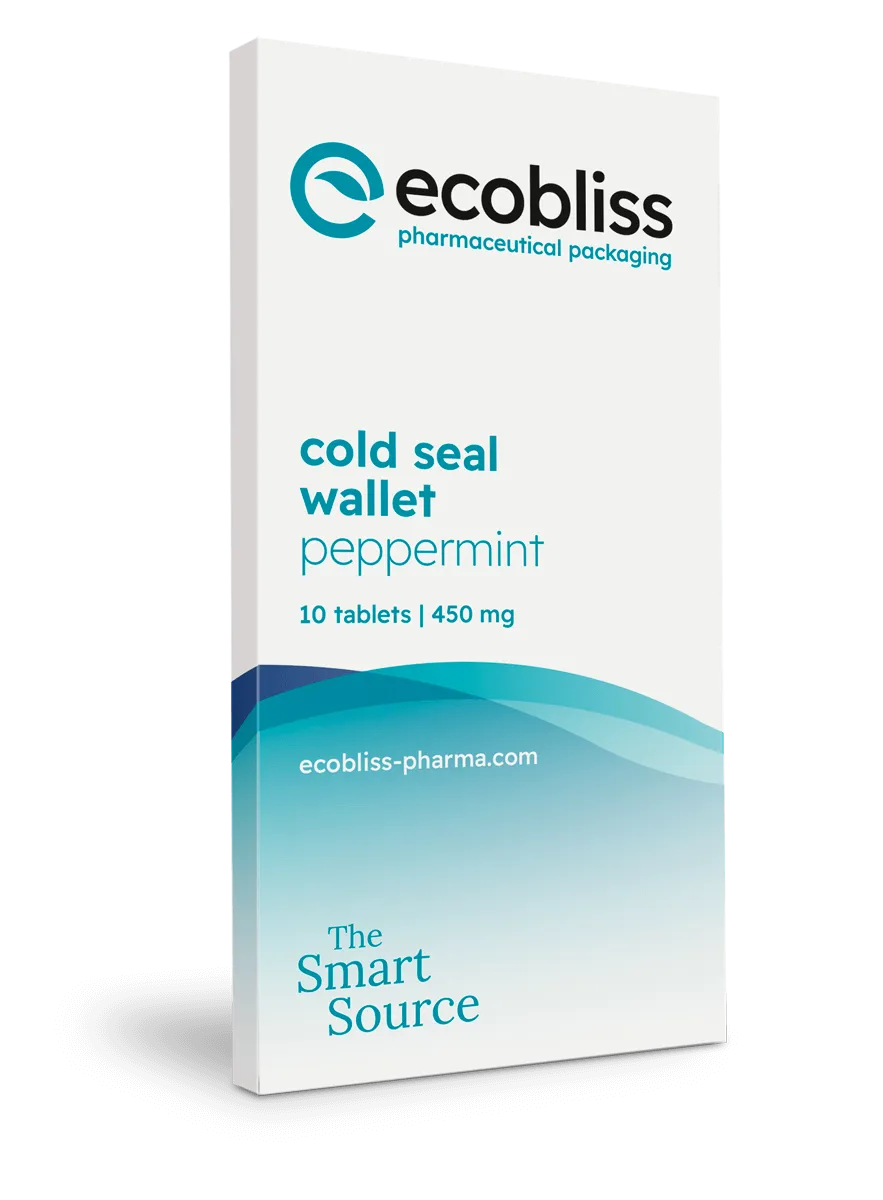Thermoforming is a manufacturing process in the pharmaceutical packaging industry, offering a versatile and efficient method for creating packaging solutions that meet the stringent safety and quality standards of the sector.
What is thermoforming?
Thermoforming refers to a manufacturing process where a plastic sheet is heated to a pliable forming temperature, formed to a specific shape in a mold, and trimmed to create a usable product. In the context of pharmaceutical packaging, thermoforming is primarily used to produce medical device trays or blister packs, which are essential for the safe and hygienic packaging of pills, capsules, and other medication forms.
The thermoforming process involves several key steps:
- Heating: The plastic sheet is heated until it becomes soft and pliable, making it easier to mold into the desired shape.
- Forming: The heated plastic sheet is then placed over a mold. A vacuum is applied, pulling the plastic tightly against the mold to form the shape of the packaging. In some cases, pressure or mechanical means are used to ensure precision forming.
- Cooling: Once the plastic has molded to the shape of the mold, it is cooled to harden and retain its new form.
- Trimming: The formed plastic is then trimmed to remove any excess material, resulting in the final product.
Advantages of thermoforming in pharmaceutical packaging
- Versatility: Thermoforming allows for a wide range of packaging designs and sizes, making it suitable for various pharmaceutical products.
- Efficiency: The process is highly efficient, capable of producing large quantities of packaging in a relatively short time.
- Cost-effectiveness: Thermoforming is cost-effective, especially for high-volume production, as the molds used can be less expensive compared to other manufacturing methods.
- Protective qualities: Thermoformed packaging, like blister packs, provides excellent protection for medications, safeguarding them against moisture, light, and contamination.
Sustainability and thermoforming
Sustainability in packaging is becoming increasingly important in the pharmaceutical industry. Thermoforming offers avenues for incorporating sustainable practices, such as using recycled materials for the plastic sheets or developing biodegradable alternatives. Innovations in the field are continually enhancing the eco-friendliness of thermoformed packaging, aligning with the industry's growing commitment to environmental responsibility.
Exploring the role of thermoforming technologies
The thermoforming process plays a critical role in pharmaceutical packaging, providing a versatile, efficient, and cost-effective solution for protecting and presenting medications. As the industry evolves, so do the advancements in thermoforming technologies, with a keen focus on sustainability and innovation.
Interested in learning how thermoformed materials can be integrated into your packaging strategy? Do not hesitate to reach out. Our team is always ready to assist you and identify solutions that best fit your needs.
If you enjoyed this article, you also might want to explore: What is coating machines in pharma?
Request a free sample now!








.avif)

